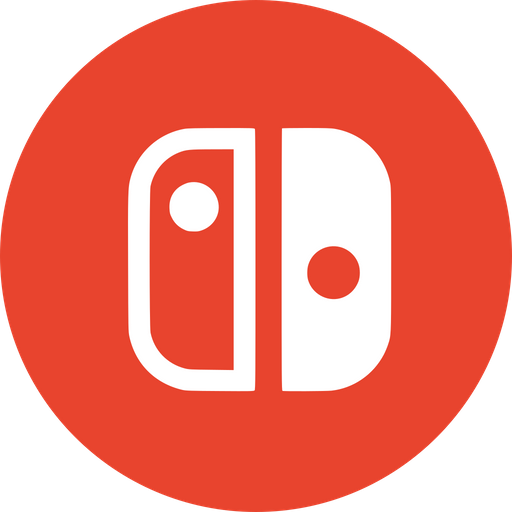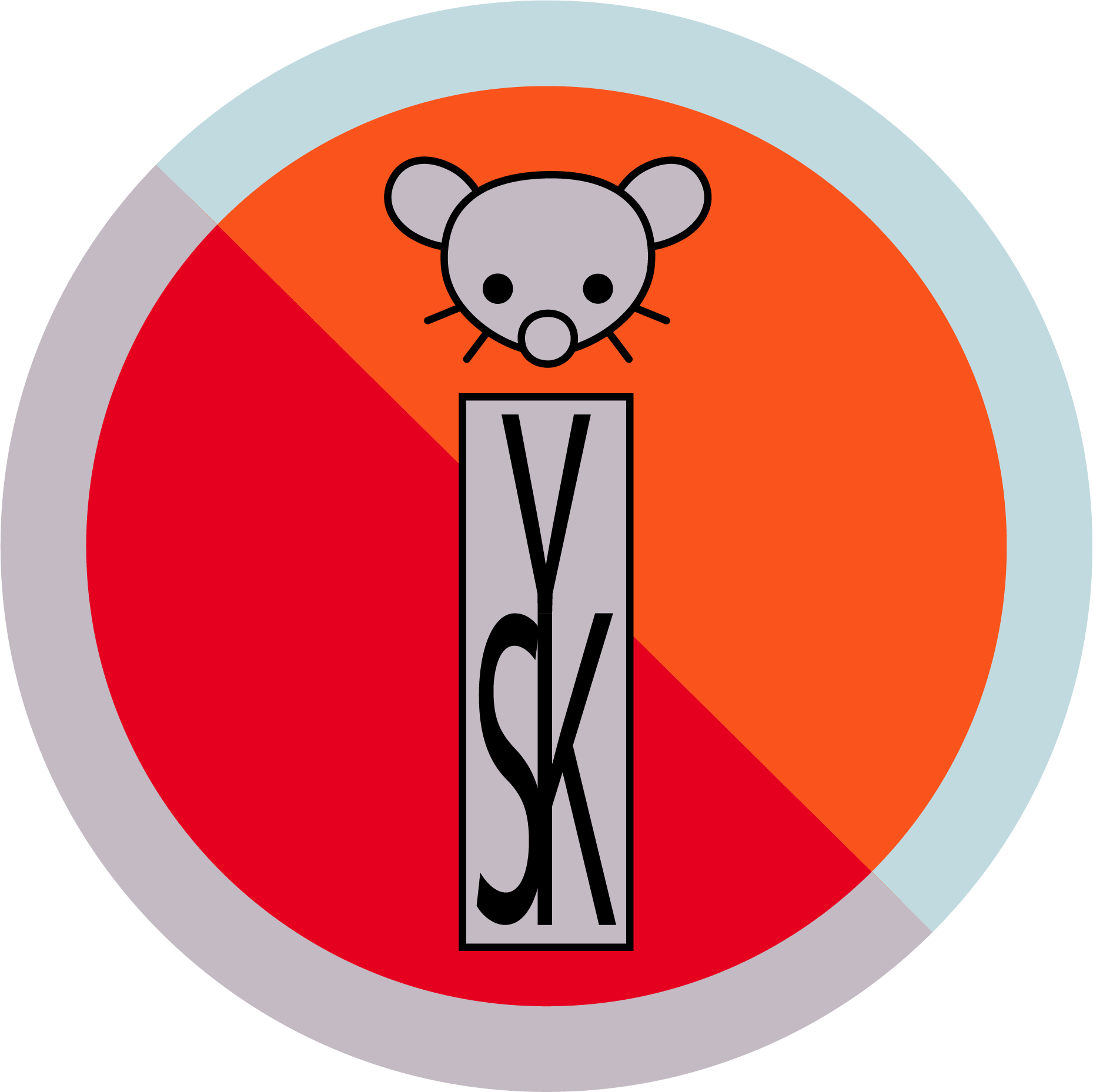It’s a well known leftist term and is almost 100 years old now. I have a hard time believing you didn’t already know this.
There’s an ongoing campaign by the usual suspects to pretend the word doesn’t have a definition beyond “epithet for The Real Left used by ignorant libtards.” Usually followed by a wall of text containing circular references as citations.




















Judge away.